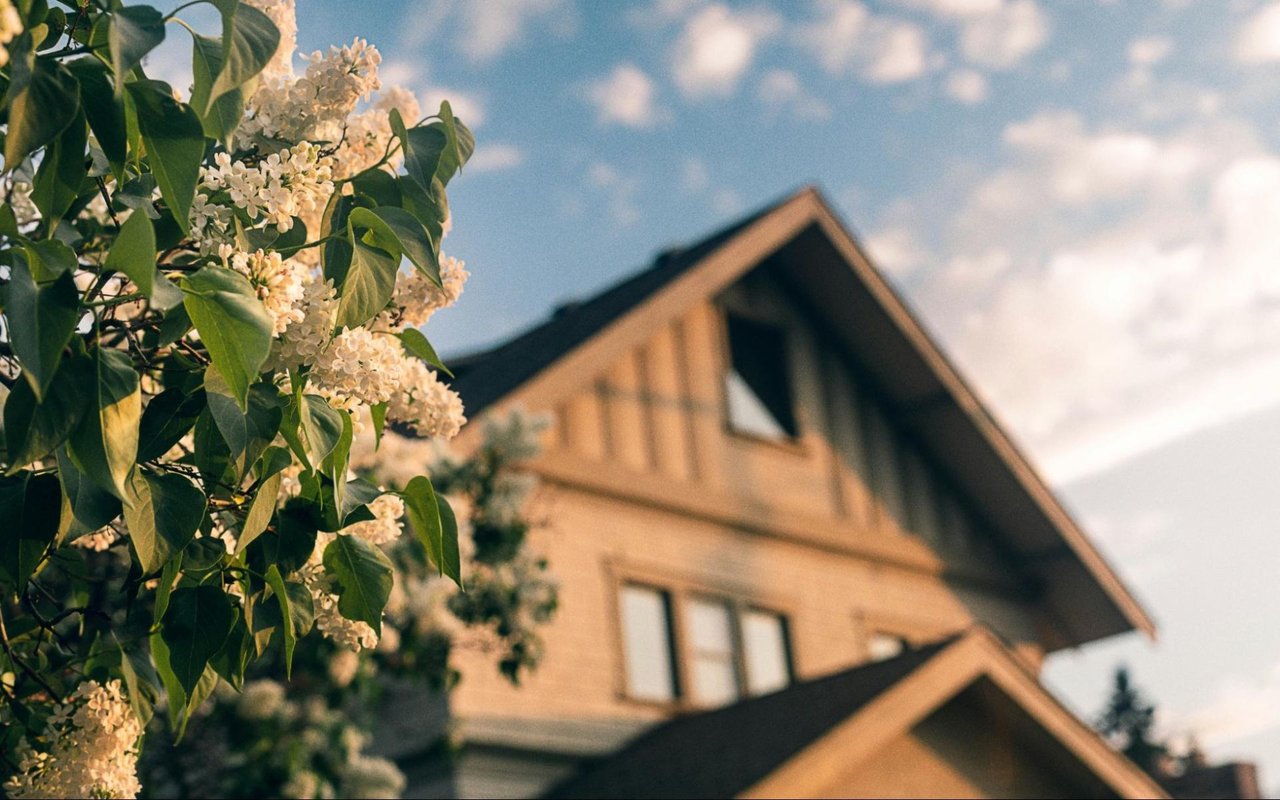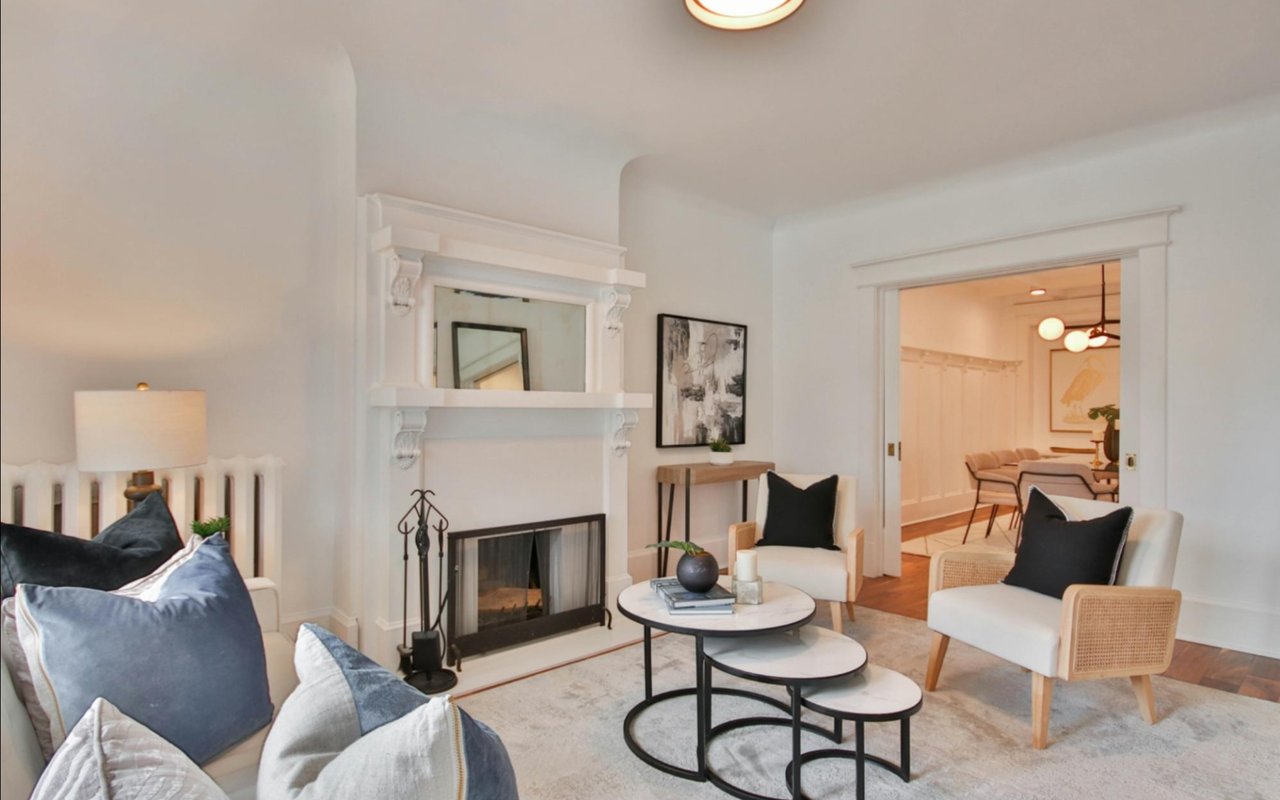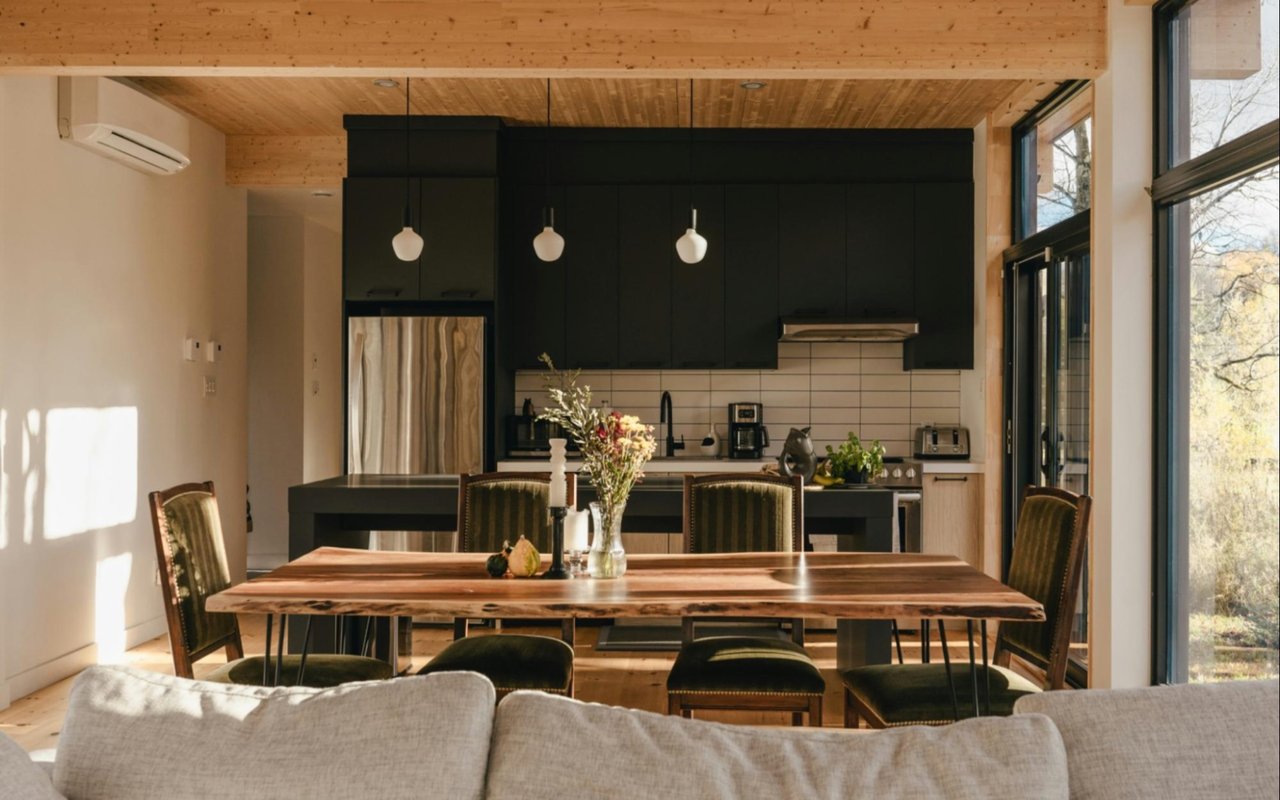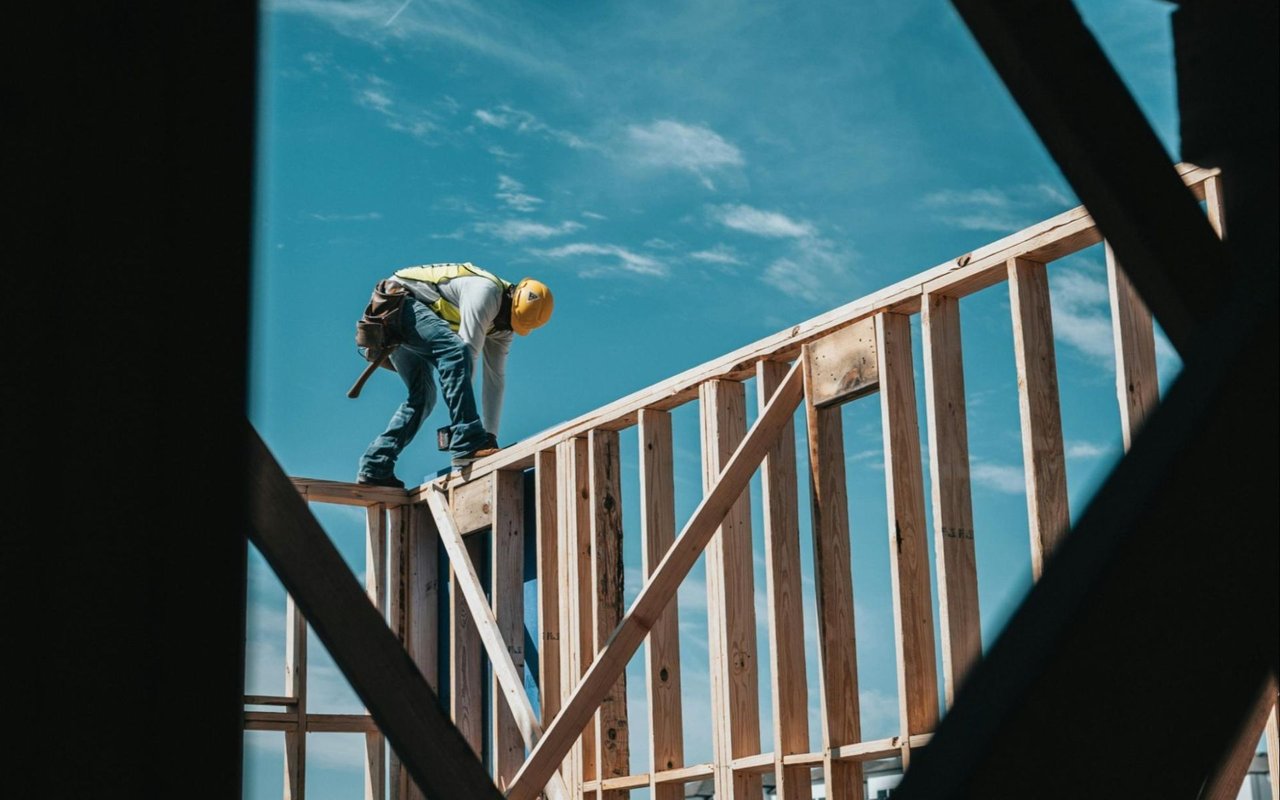Chicago stands as a living museum of American residential architecture, offering a remarkable range of home styles shaped by more than a century of cultural, economic, and design movements. From the historic charm of Greystones and Queen Anne Victorians to the sleek innovation of modern infill homes, the city’s neighborhoods are filled with properties that reflect both tradition and progress. This guide explores the most popular house styles found throughout the city, offering insight into their defining features and lasting appeal.
Chicago Bungalow
The Chicago Bungalow is one of the city’s most iconic residential styles, developed during the early 20th century. These single-family brick homes are typically one-and-a-half stories tall with low-pitched roofs, generous front porches, and full basements. Their compact design and solid construction made them ideal for narrow city lots. The design reflects a pragmatic approach to urban living that still resonates with homeowners today.
Greystone
The Chicago Greystone, dating from the late 19th to early 20th centuries, is characterized by its limestone façade and stately appearance. Typically constructed with Bedford limestone from Indiana, these multi-flat or single-family homes incorporate elements of Romanesque or Classical Revival styles, including arched windows, detailed cornices, and grand entryways. Greystones are a vital part of the city’s historical fabric, symbolizing both architectural craftsmanship and enduring urban presence.
Queen Anne
Queen Anne-style homes made their mark in Chicago during the late 1800s, bringing Victorian-era charm with ornate detailing and asymmetrical facades. Key features include turrets, gabled roofs, wraparound porches, patterned shingles, and bay windows. Though less common than other styles, these homes offer a romantic and whimsical appearance that stands out amidst more subdued designs, appealing to admirers of period architecture and decorative flourish.
Workers Cottage
A humble yet historically significant style, the Workers Cottage became a housing solution for laborers in post-fire 19th-century Chicago. These narrow, rectangular brick homes are typically one to one-and-a-half stories with steep gabled roofs and minimal ornamentation. Designed for affordability and practicality, they were built quickly and efficiently during the city’s rapid industrial expansion and are increasingly appreciated for their historic charm and adaptability in modern renovations.
Prairie Style
Perhaps the most famous architectural legacy tied to Chicago is the Prairie Style, largely developed by Frank Lloyd Wright and his contemporaries in the early 20th century. Designed to blend with the Midwestern landscape, Prairie homes are defined by horizontal lines, flat or hipped roofs with overhanging eaves, open floor plans, and integration with the surrounding environment. This innovative style revolutionized American residential architecture, influencing design far beyond Illinois.
Italianate
Italianate homes were popular in Chicago from the mid-19th century until the 1880s. These tall, narrow homes often feature bracketed cornices, arched windows, low-pitched roofs, and sometimes cupolas. Typically made of brick and adorned with cast iron or stone detailing, Italianate homes represent early examples of the city’s residential expansion. Their vertical emphasis and ornate features evoke a bygone elegance rarely seen in modern construction.
Georgian Revival
The Georgian Revival style surged in popularity during the early 20th century, especially among Chicago’s more established residential areas. Inspired by 18th-century English architecture, these homes often feature symmetrical façades, brick exteriors, classical columns, and multi-pane windows. Interiors typically include formal dining rooms and central hallways. Their sense of order and grandeur has helped them remain desirable for buyers who appreciate traditional elegance.
Tudor Revival
Tudor Revival architecture gained traction in the 1920s and 1930s and became a distinctive presence in many of the city's residential blocks. These homes are recognizable by their steeply pitched gable roofs, decorative half-timbering, and tall, narrow windows. Exteriors often combine brick, stone, and stucco. Their old-world charm and richly detailed interiors offer a romantic, cozy appeal that continues to attract homeowners.
Mid-Century Modern
Though not as prevalent as other styles, Mid-Century Modern homes found a place in Chicago’s post-war housing development. Emerging in the decades following World War II, these homes emphasize clean lines, open spaces, floor-to-ceiling windows, and indoor-outdoor harmony. While more commonly associated with suburban settings, examples do exist within the city, appealing to buyers drawn to minimalist design and architectural simplicity.
Contemporary and Modern
Contemporary and Modern homes in Chicago reflect current architectural trends and are often part of new construction or redevelopment efforts. These homes typically feature flat roofs, expansive windows, and an emphasis on sustainable materials and energy efficiency. Minimalist in aesthetic, they favor open floor plans, natural light, and sleek finishes. Their popularity has grown among buyers looking for innovative design and urban sophistication.
Two-Flats and Multi-Unit Homes
While not a single architectural style, the Two-Flat, along with Three-Flats and Courtyard Buildings, is a defining feature of Chicago’s residential landscape. Built predominantly of brick or Greystone with restrained ornamentation, these multi-family homes provide affordable and practical housing solutions. Their functional layouts and enduring materials have allowed them to remain a staple across generations, playing a crucial role in maintaining neighborhood density and community life.
Find a Home That Matches Your Architectural Taste
Whether you're dreaming of a Prairie-style masterpiece or a Greystone with historic charm, now is the perfect time to explore the architectural range of Chicago real estate. Contact Millie Rosenbloom to find a home that reflects your design preferences and lifestyle.
*Header photo courtesy of Unsplash




